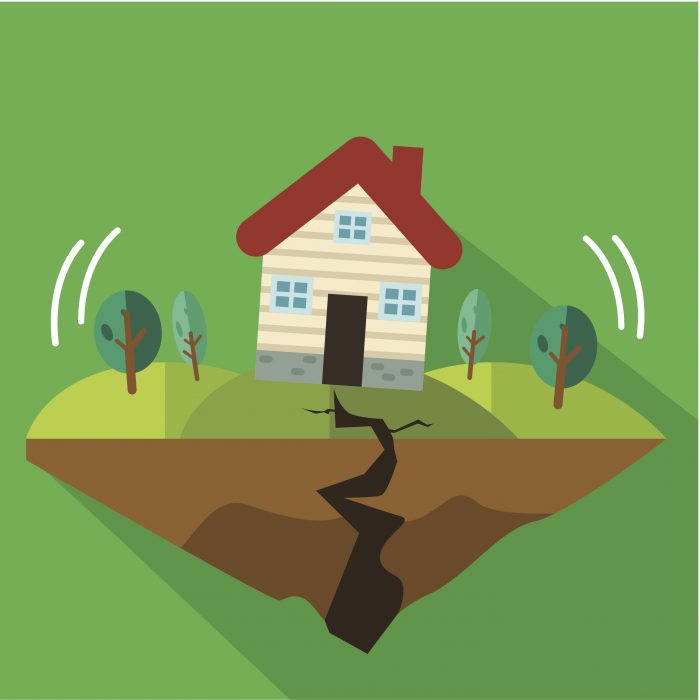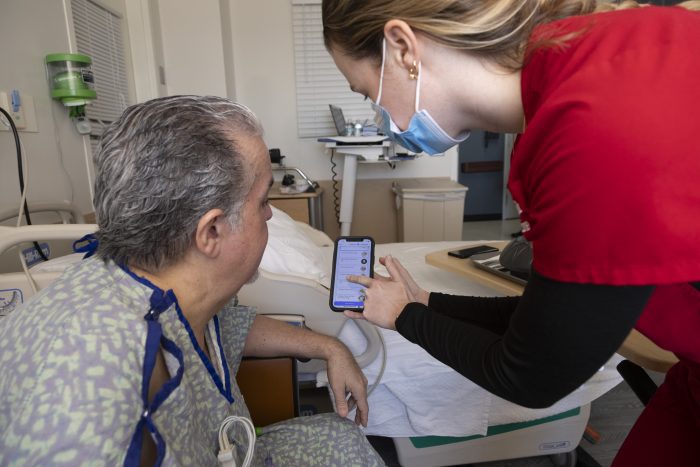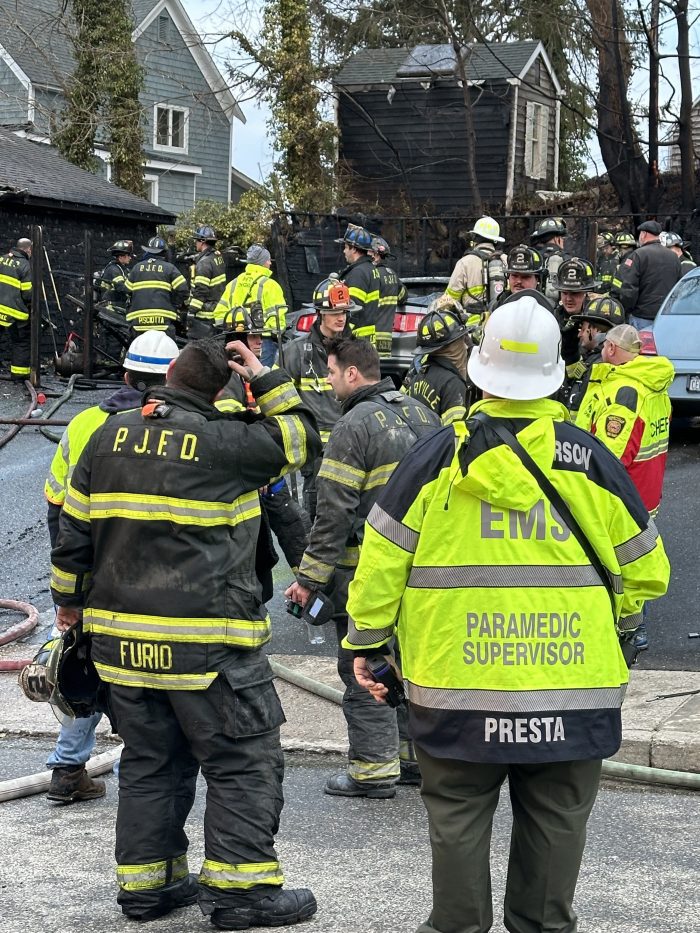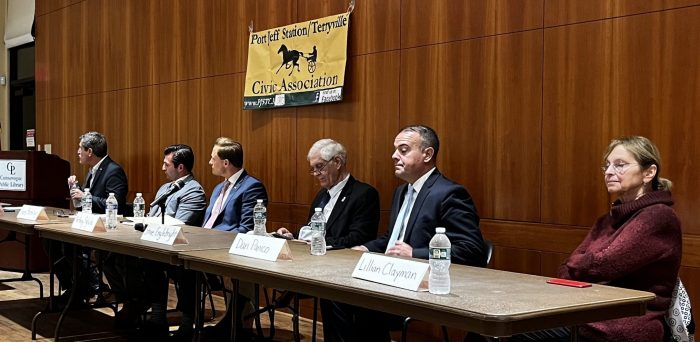It’s easy to overlook the impact that local school boards have on our community.
Yet, the decisions made by these boards directly influence the quality of education our children receive, shaping not just their future, but the future of our communities. As we approach another election season, we must recognize the importance of voting for local school board members, for the sake of our children, pillars of our collective future.
Local school boards wield significant power in determining educational policies, budgets and curriculum standards. They are responsible for hiring superintendents, setting district priorities and ensuring that our schools are safe and conducive to learning. The individuals we elect to these boards will make decisions that affect the daily lives of our children, from the quality of their teachers to the resources available in their classrooms.
When we vote for school board members, we are not just casting a ballot — we are making a commitment to our children’s education and well-being. A strong, well-funded and innovative school system can provide our children with the knowledge, skills and confidence they need to succeed in an ever-changing world.
Conversely, neglecting to participate in these elections can lead to underfunded schools, outdated curriculums and a lack of necessary support for both students and teachers.
By voting for dedicated and knowledgeable school board members, we ensure that our children are given the best possible start in life, equipping them with the tools they need to build a brighter future for all of us.
Moreover, active participation in school board elections fosters a sense of community and civic responsibility. It sends a powerful message to our children about the value of democracy and the importance of being engaged in local governance. When they see us prioritizing their education and future, they learn the importance of advocacy and the impact of collective action.
In addition to voting, it is crucial that we hold school board members accountable. Attend board meetings, stay informed about the issues at hand and communicate with board members to ensure they are meeting the needs of our students. A well-informed and engaged community can make a significant difference in the quality of education provided.
Not nearly enough residents vote in school board elections. Please learn about the candidates and the issues by referring to the relevant TBR stories or by going to your district’s website, then get out and vote your choice next Tuesday, May 21.
Just as importantly, voters will be asked to approve school budgets for the upcoming year, 2024-25.
Your vote counts.














